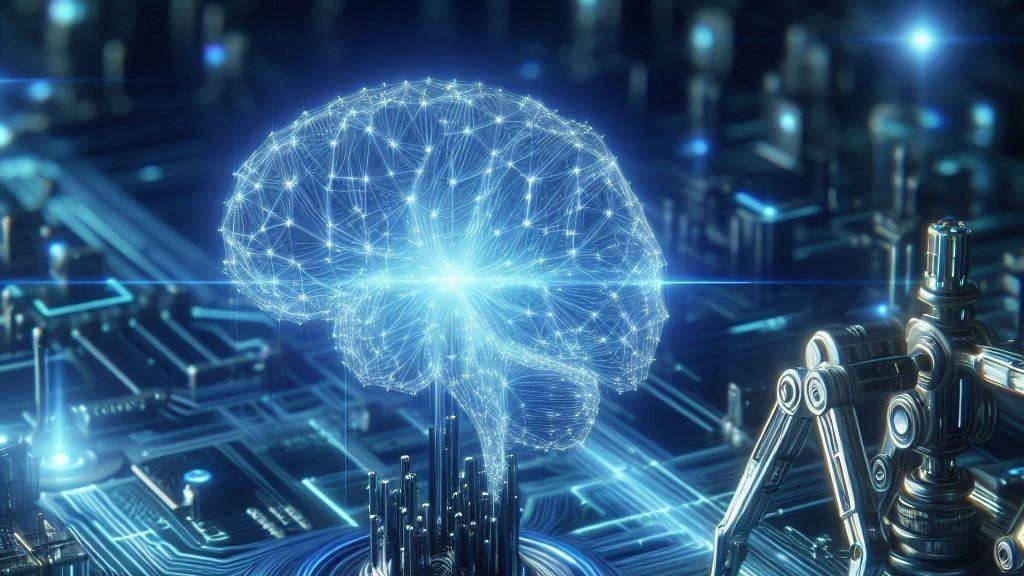Machine learning (ML) is a subfield of artificial intelligence where algorithms are not explicitly programmed, but rather learn directly from the data, or from experience, i.e. interacting with an environment.
When such algorithms are designed on quantum computers, we talk about Quantum Machine Learning (QML).
Approaches
QML generally encompasses three directions:
- Quantum ML models for classical problems/data: e.g., a quantum recommendation system for user preferences in e-commerce.
- Quantum ML models for quantum problems/data: e.g., a quantum neural network that classifies quantum states.
- Classical ML models for quantum problems/data: e.g., a neural network–based algorithm for decoding errors in quantum error correction.
QML is typically implemented as a Hybrid Quantum-Classical Algorithm, where a quantum circuit is combined with classical optimization routines.
Commonly used methods in QML
- Variational Quantum Algorithms (VQAs): models represented by parametrized quantum circuits optimized by a classical procedure (e.g., gradient descent).
- Quantum Kernel Methods: quantum circuits are used to compute kernel functions that classical ML models (such as support vector machines) can then exploit.
- Quantum Feature Maps: encoding classical data into quantum states to exploit the large dimensionality of Hilbert space.
Challenges in QML
Quantum machine learning is an active research area, and the following topics are under active study among research groups worldwide:
- Training difficulties: issues such as barren plateaus, where gradients vanish with system size; and sensitivity to noise.
- Proving advantage: ongoing debates on whether heuristic performance improvements are sufficient, or whether provable quantum speedups are necessary.
- Benchmarking: unlike classical ML, standardized datasets for evaluating QML are still under development.
Potential Benefits
QML is actively researched because it may offer:
- Improved accuracy (through richer data representations like Quantum Feature Maps)
- Resource efficiency and lower energy usage, especially with photonic processors
- Better scalability beyond classical data limits
- Faster convergence in hybrid optimization loops
Frequently asked questions about quantum machine learning
- What are the main applications ? Applications include optimization (e.g., supply chains, logistics), as well as drug discovery and material science. Researchers also expect QML to be especially valuable when applied to quantum data (quantum states or measurements from quantum experiments).
- Is QML only meant for NISQ hardware? No — QML algorithms can run on Fault-Tolerant Quantum Computers as well. Some approaches (e.g., quantum PCA) even require it. However, much of the appeal today lies in their suitability for NISQdevices.
- How advanced is QML compared to classical ML? QML is still early-stage: current quantum devices are not yet powerful enough to surpass classical ML broadly. However, hybrid approaches and tools like MerLin allow researchers to start experimenting today, anticipating significant advantages as hardware scales in line with Quandela’s roadmap.

